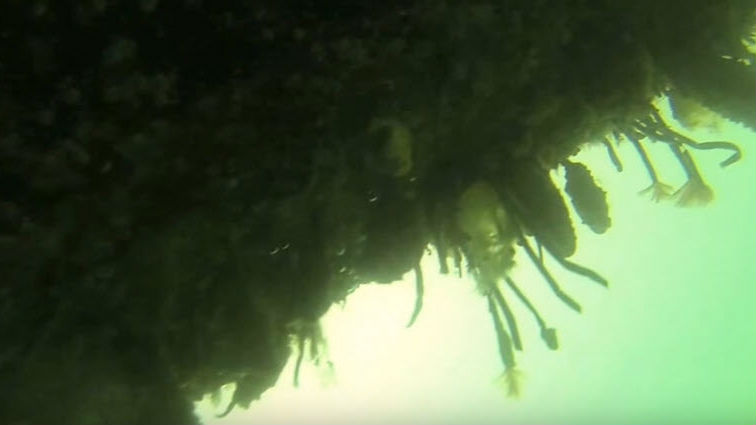The IMO is moving its attention to hull biofouling after its success with preparations for the Ballast Water Management Convention in developing nations.
A new global project, the GloFouling Partnership, a collaboration between the Global Environment Facility (GEF), the United Nations Development Programme (UNDP) and the IMO, has been given the go-ahead and allocated $6.9 million.

The project will focus on the implementation of the IMO Guidelines for the control and management of ships’ biofouling. The Guidelines (resolution MEPC.207(62)) are intended to provide a globally consistent approach to the management of biofouling. They were adopted by the Marine Environment Protection Committee in July 2011.
For now, the Guidelines are not mandatory. While the International Convention on the Control of Harmful Anti-Fouling Systems on Ships, 2001 (AFS Convention) addresses anti-fouling systems on ships, its focus is on the prevention of adverse impacts from the use of anti-fouling systems and the biocides they may contain, rather than the prevention of the transfer of invasive aquatic species through hull fouling.
Like ballast water, biofouling is considered one of the main vectors for bioinvasions. At a presentation at the World Ocean Council’s Sustainable Ocean Summit late last year, IMO technical officer Dr Theofanis Karayannis suggested that hull biofouling could be just as serious a problem for the spread of invasive aquatic species as ballast water.
In New Zealand, fouling was found to be responsible for about 70 percent of aquatic invasive species, compared to just three percent from ballast water. In Port Phillip Bay, Australia, about 80 percent of aquatic invasive species reported was from ships’ hulls, with 20 percent from ballast water. In American waters, hull biofouling accounted for about 35 percent of aquatic invasive species compared to 20 percent from ballast.
More than 100 square miles of hull surface area arrives in the U.S. every year from overseas, and just one highly-fouled vessel can carry up to 90 tons of growth – including undesirable species such as the green crab, the zebra mussel, the European fan worm, the Northern Pacific sea star and a variety of seaweeds, sponges and sea squirts.
Implementing practices to control and manage biofouling can greatly assist in reducing the risk of the transfer of invasive aquatic species, says the IMO. Such management practices can also improve a ship’s hydrodynamic performance, as hull fouling leads to significant increases in ship resistance, which in turn has a severe impact both on fuel costs and on emissions of air pollutants and greenhouse gases. This is reflected in the guidance for the development of a ship energy efficiency management plan (SEEMP).
The GloFouling project will build on the success of the GEF-UNDP-IMO GloBallast Partnerships project to support the Ballast Water Management Convention which wrapped up earlier this year, and like GloBallast it will focus on building capacity in developing countries.
The collaboration has a three-tier implementation model for driving legal, policy and institutional reforms and encouraging technology transfer through public-private partnerships at the global, regional and national levels.
The full name of the new project will be “Building Partnerships to Assist Developing Countries to Minimize the Impacts from Aquatic Biofouling” (GloFouling Partnerships).
By MarEx 2017-08-07



















